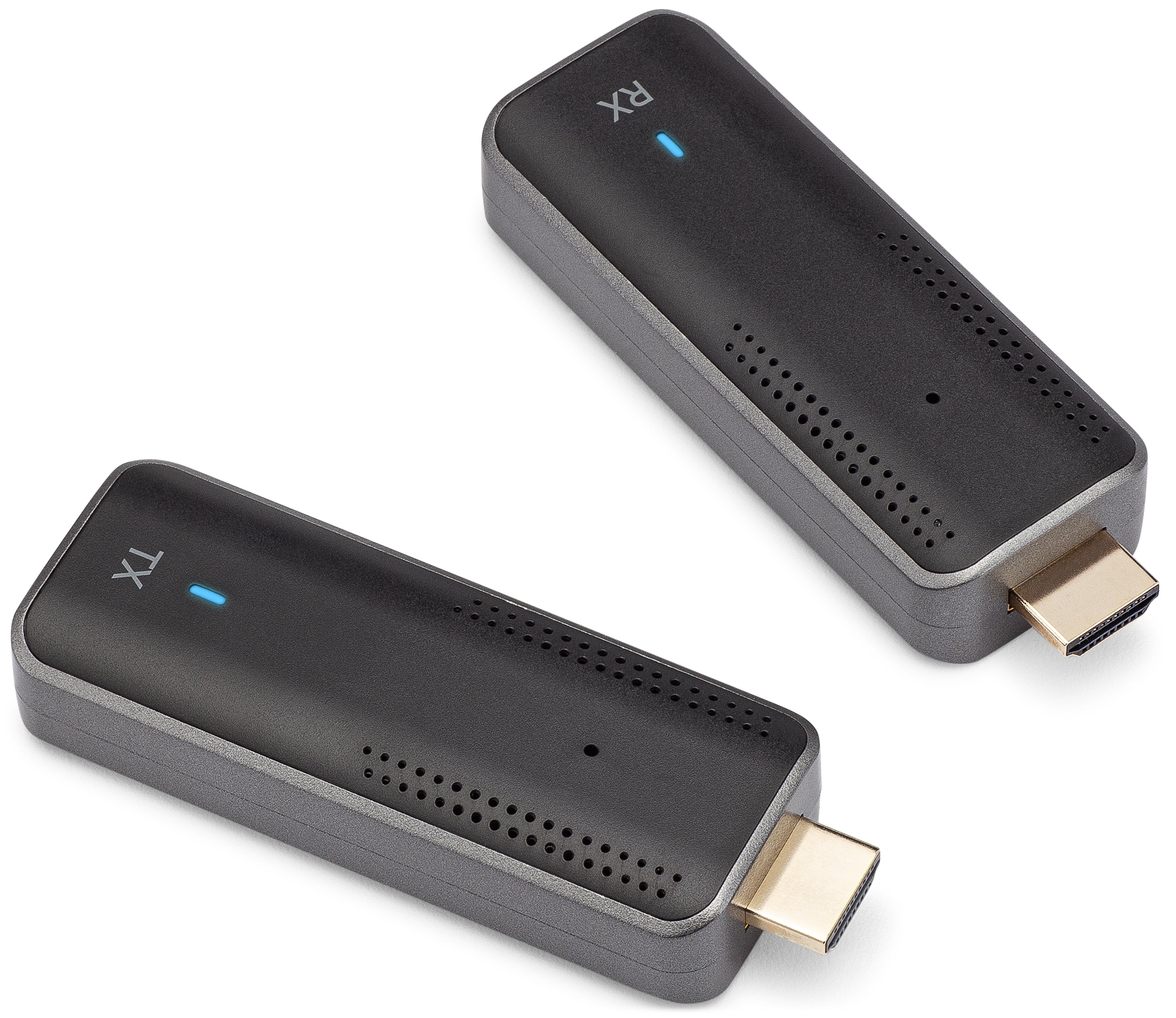In the age of wireless technology, the demand for seamless streaming experiences has led to the emergence of Wireless HDMI Transmitters and Receivers. These devices allow users to connect their laptops, gaming consoles, and other media sources to TVs or projectors without the clutter of HDMI cables. In this comprehensive guide, we’ll delve into how these devices work, their advantages, comparison tables, pros and cons, and answer frequently asked questions that surround Wireless HDMI technology.
What is a Wireless HDMI Transmitter and Receiver?
A Wireless HDMI Transmitter and Receiver system consists of two primary components: the transmitter and the receiver. The transmitter converts the HDMI signal from your source device into a wireless signal that is sent to the receiver, which then converts it back into an HDMI signal to be displayed on your TV or projector.

How Do They Work?
Wireless HDMI devices work through a combination of technologies such as Wi-Fi Direct, proprietary wireless protocols, or even standard HDMI over wireless solutions. They operate on various frequencies (2.4GHz or 5GHz bands) to minimize interference and optimize transmission quality. Once set up, they can offer high-definition video and audio without needing cables.
Key Features of Wireless HDMI Transmitters and Receivers
- High-definition video transmission (up to 4K resolution)
- Support for various HDMI audio formats
- Low latency, making them ideal for gaming and live streaming
- Multiple device connections
- Long transmission distance, typically ranging from 30 feet to over 100 feet
Benefits of Using Wireless HDMI Transmitters

Wireless HDMI technology offers numerous benefits that make it an attractive option for media enthusiasts.
1. Eliminate Cable Clutter
One of the most significant advantages of wireless HDMI transmitters and receivers is the reduction of cable clutter. This is especially beneficial in home theater setups and presentations where aesthetics and organization matter.
2. Versatility and Portability
Wireless HDMI devices are typically portable, making them ideal for professionals on the go or users who frequently move their devices between different locations.
3. Easy Setup
Most wireless HDMI transmitters and receivers are designed for quick and easy setup. Users can generally plug them in and start streaming within minutes without the need for complex configurations.
Comparison of Popular Wireless HDMI Transmitter and Receiver Models
| Model | Video Resolution | Distance | Audio Support | Latency | Price |
|---|---|---|---|---|---|
| J-Tech Digital Wireless HDMI Extender | 4K@30Hz | Up to 100 ft | Dolby TrueHD, DTS-HD Master | Less than 0.1s | $150 |
| IOGEAR Wireless 4K HDMI Transmitter | 4K@60Hz | Up to 30 ft | Multi-channel audio | Less than 0.3s | $200 |
| Nyrius ARIES Home Wireless HDMI Transmitter | 1080p | Up to 100 ft | 2.1 audio | Less than 0.2s | $130 |
Pros and Cons of Wireless HDMI Transmitters and Receivers
Pros
- Convenience of wireless streaming
- High-definition video and audio quality
- Reduced installation time and complexity
- Mobility and flexibility of device placement
Cons
- Potential for interference from other wireless devices
- Limited range compared to wired connections
- Higher cost compared to standard HDMI cables
- Dependent on power sources for both transmitter and receiver
FAQs about Wireless HDMI Transmitters and Receivers
1. Do Wireless HDMI Transmitters work with all TVs?
Most Wireless HDMI Transmitters and Receivers work with any TV that has an HDMI input. Always check compatibility before purchasing.
2. How far can a Wireless HDMI Transmitter transmit?
The transmission distance varies by model, typically ranging from 30 feet to over 100 feet. Ensure to check the specifications for your model.
3. Can I use a Wireless HDMI Transmitter for gaming?
Yes, many Wireless HDMI transmitters are designed to have low latency, making them suitable for gaming. Look for models that advertise low input lag.
4. Are there any downsides to using Wireless HDMI?
Possible downsides include interference from other wireless signals, potential limitations in distance, and generally higher costs compared to wired alternatives.
5. How do I set up a Wireless HDMI Transmitter and Receiver?
Setting up is typically straightforward: connect the transmitter to your source device, connect the receiver to your display via HDMI, power them on, and follow any on-screen instructions.
Conclusion

Wireless HDMI Transmitters and Receivers offer a convenient and efficient way to stream high-definition content without the hassle of cables. Whether for home entertainment or business presentations, understanding their benefits, potential drawbacks, and compatibility will help you choose the right model for your needs. With numerous options available in the market, investing in a quality Wireless HDMI device can enhance your viewing experience significantly.
As technology continues to evolve, it’s essential to stay updated on the latest advancements and features in wireless streaming devices. This guide should serve as a valuable resource in your quest for the perfect wireless HDMI transmitter and receiver.